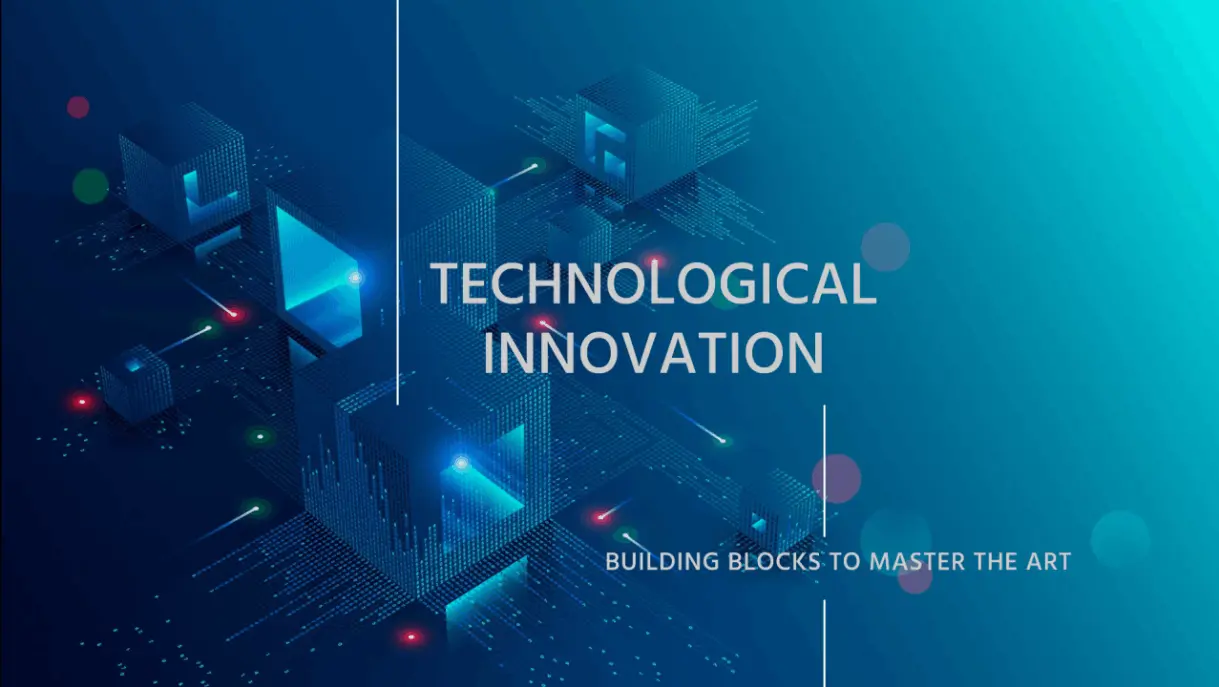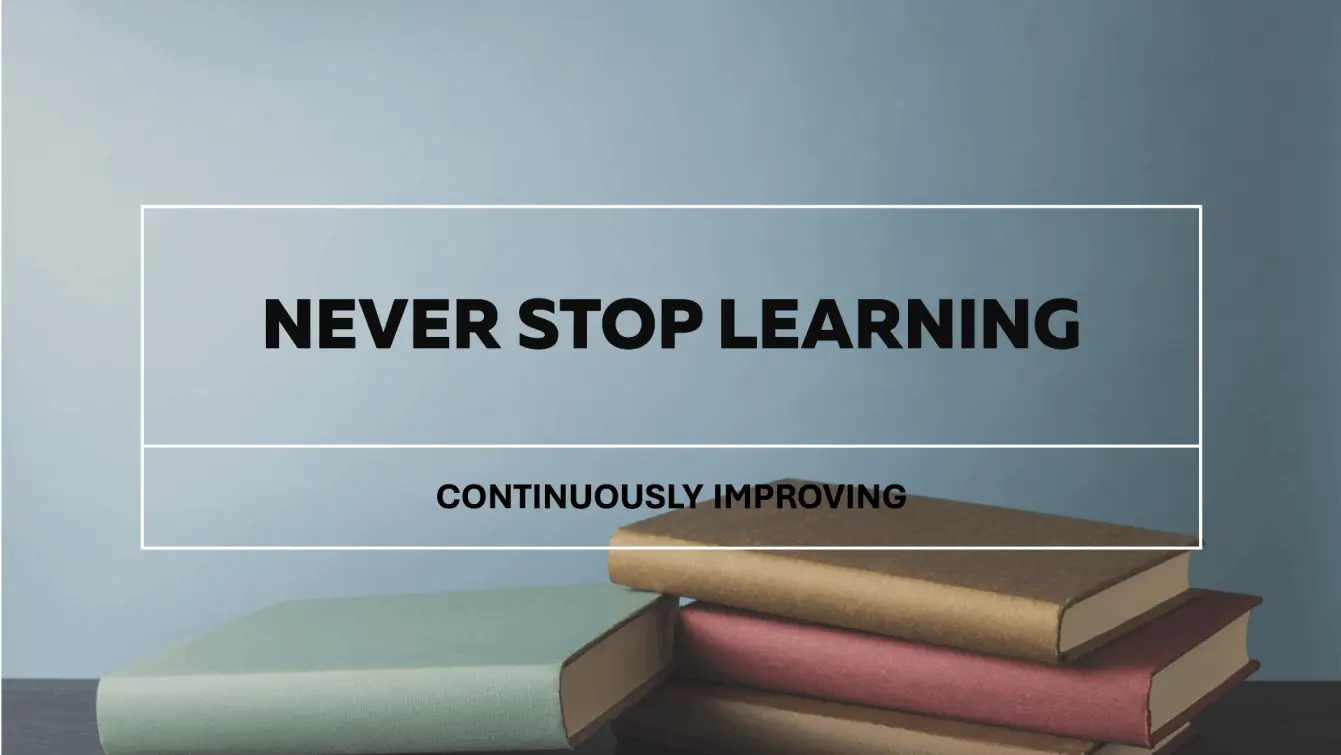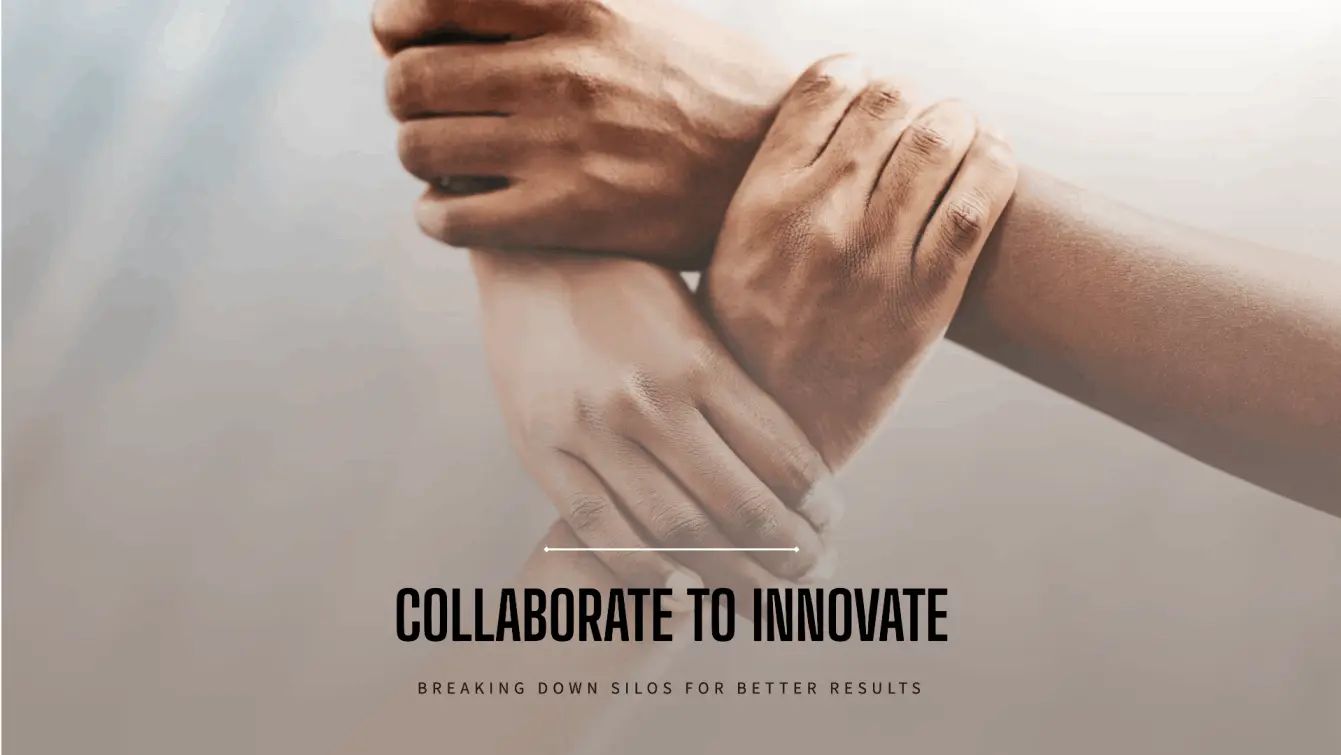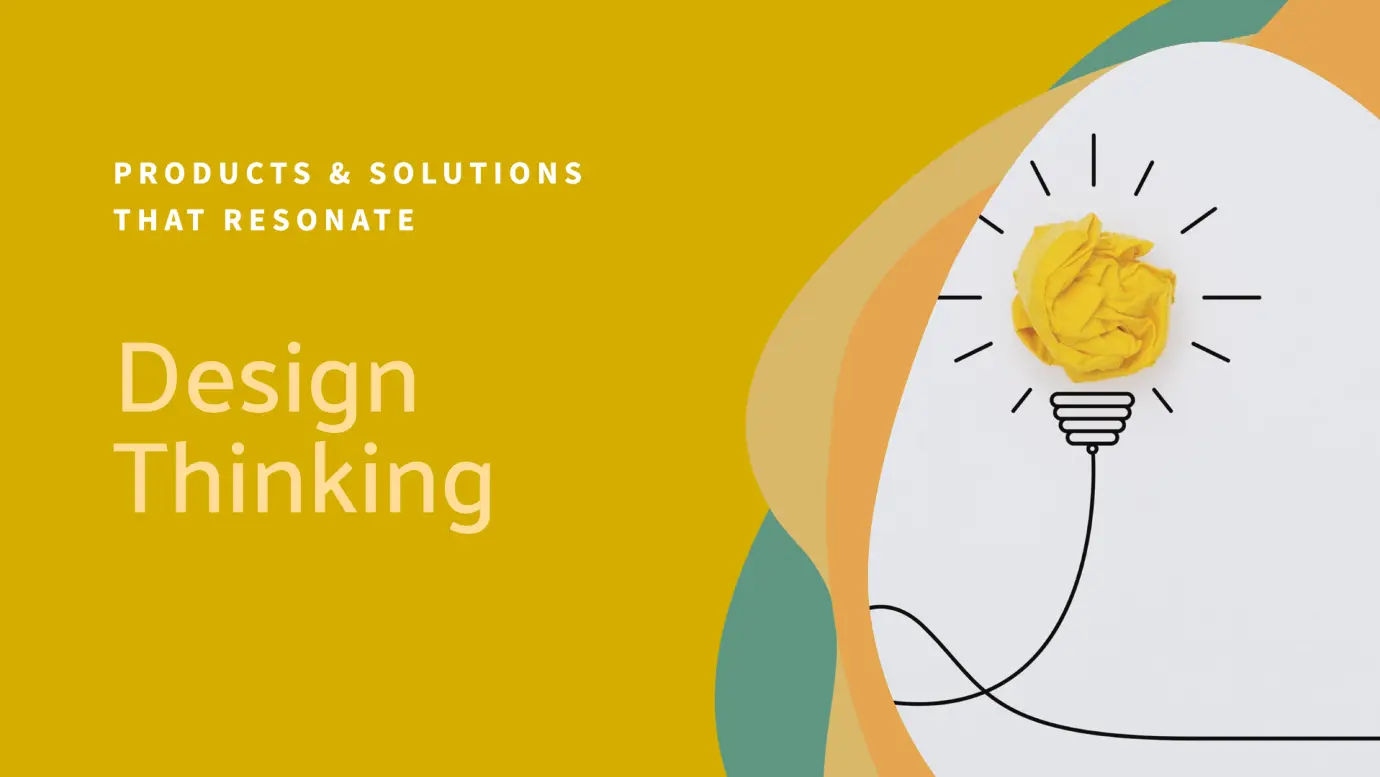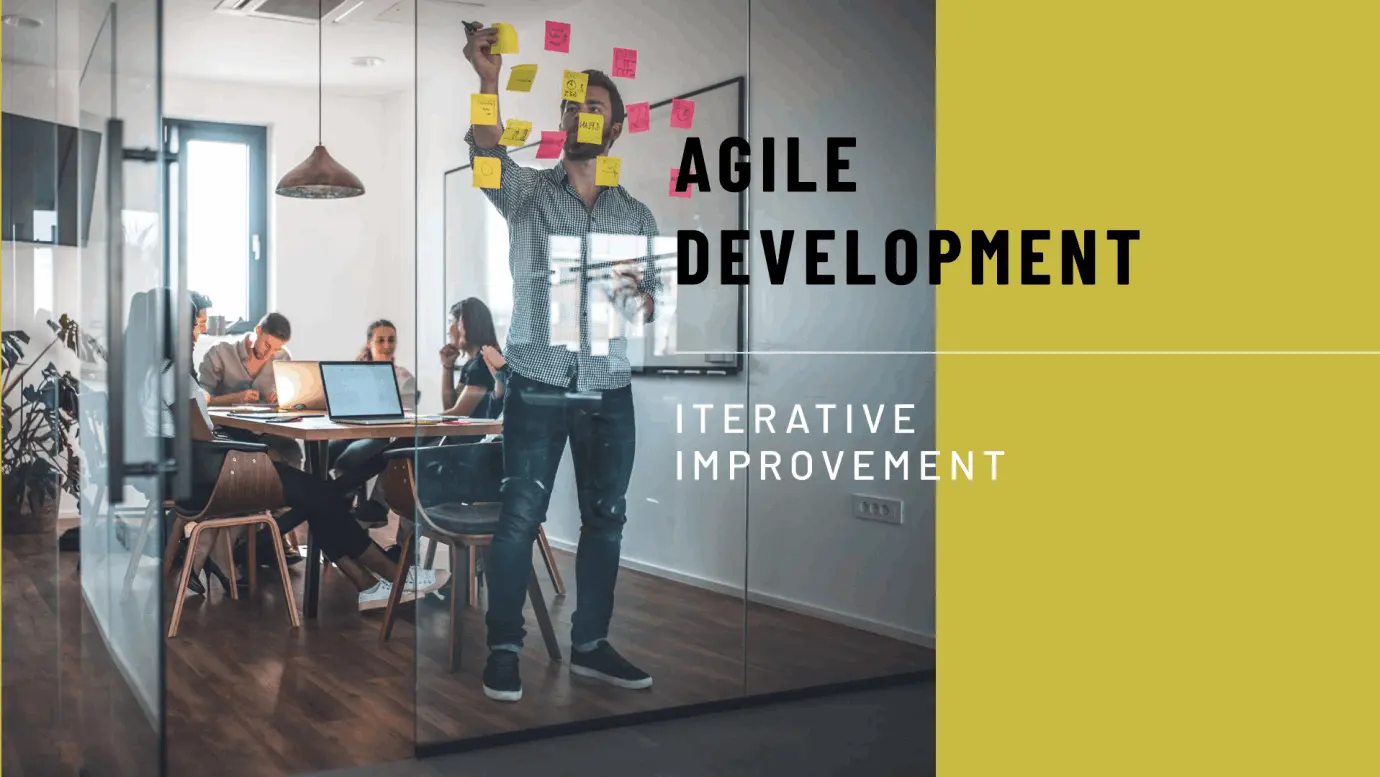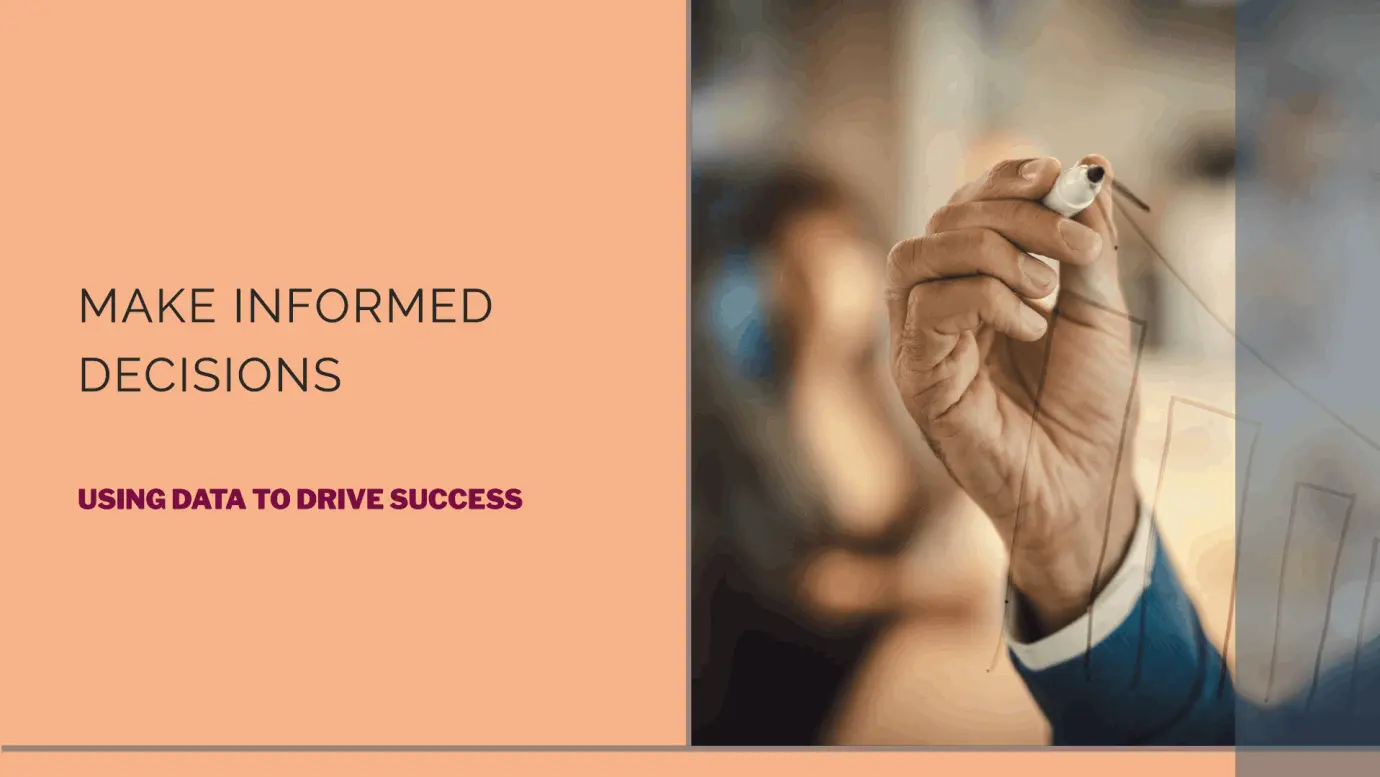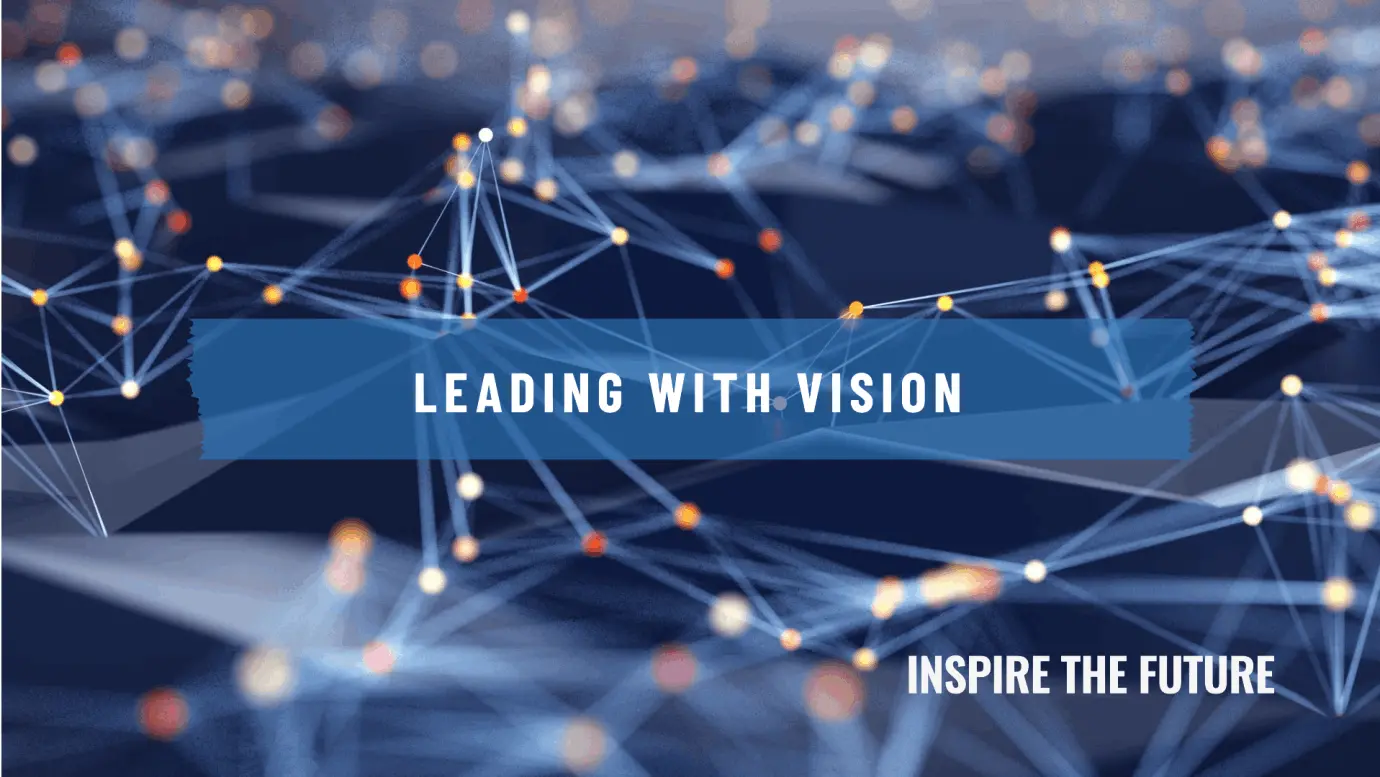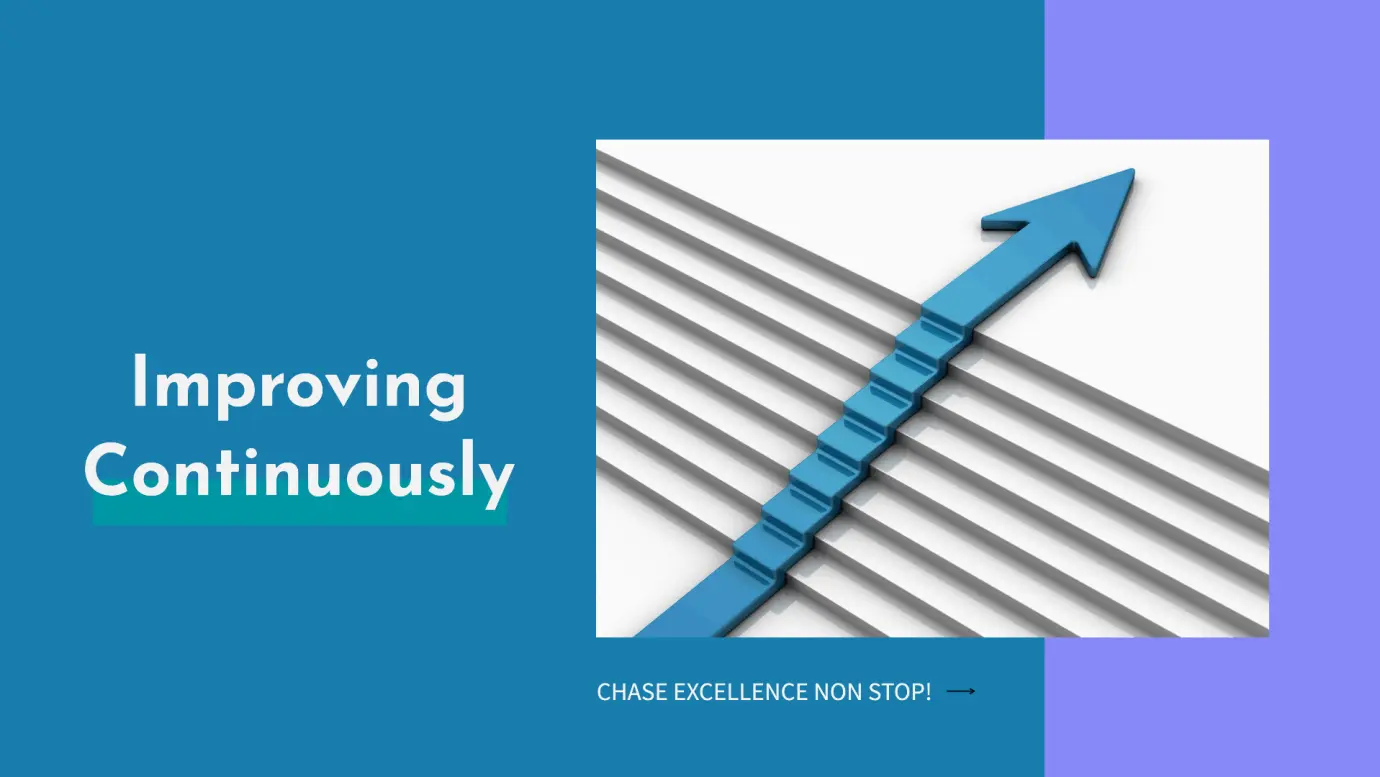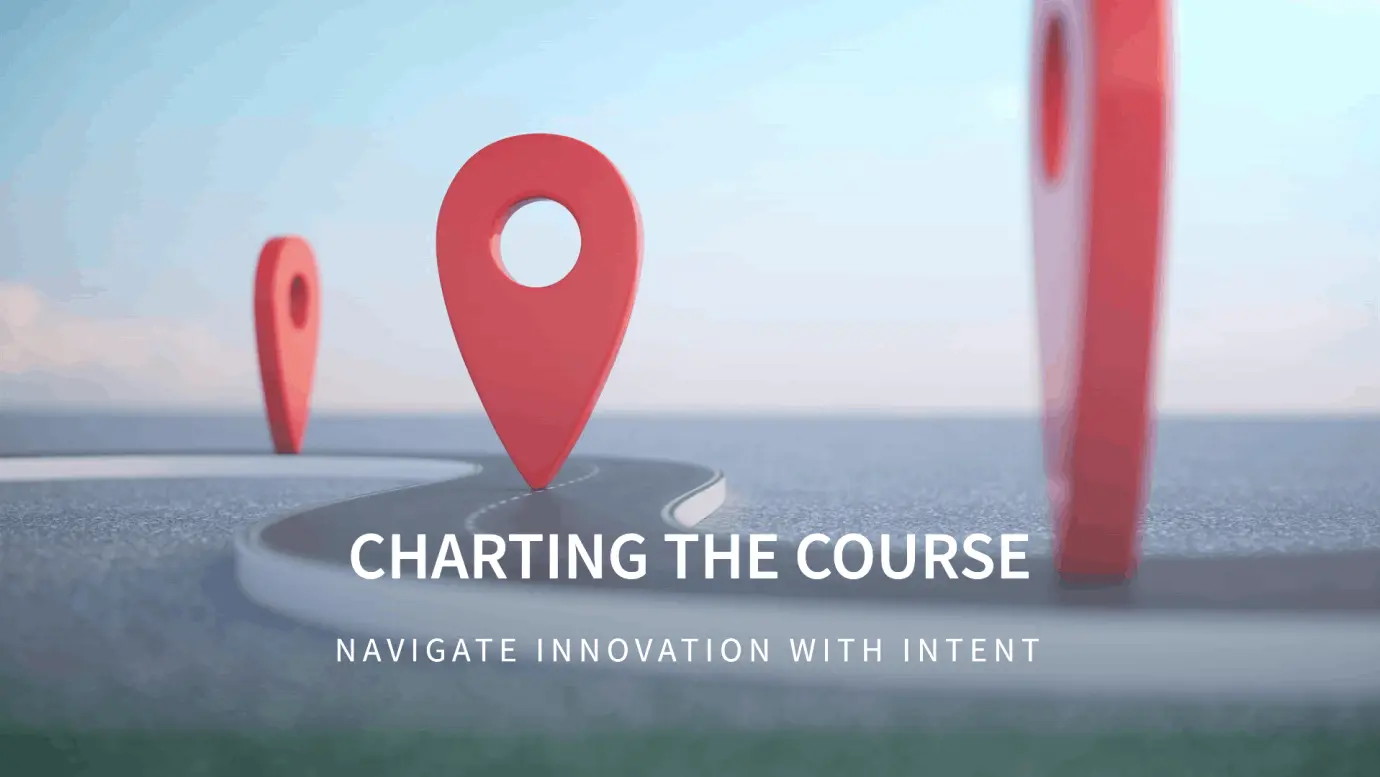Technological Innovation: Mastering the Art
Author: Firoz SY
It is no secret that in a competitive landscape, 'technological innovation' is the key to staying ahead of the curve. From startups to multinational corporations, organizations that excel in innovation are the ones that thrive. But innovation isn’t just about having great ideas; it is about having a structured approach that guides those ideas from inception to realization, i.e., implementation.
At its core, innovation is a natural outcome of the right subconscious habits; the habits of excellence, which arise out of knowledge, practice, and developing the right thinking. The greater the degree of these building blocks, the better one gets at innovating.
To accomplish pretty much anything, one needs to engineer a journey to the goal. And such a journey has got to be structured in a way that builds the desired competence in an organized and systemic manner.
In this article, we explore some of the key building blocks needed to master the art of technological innovation. We look at the ‘why’, the ‘how’, a few resources that might help (though there are many!), and what we stand to gain as a 'result'.
Let's dive in!
